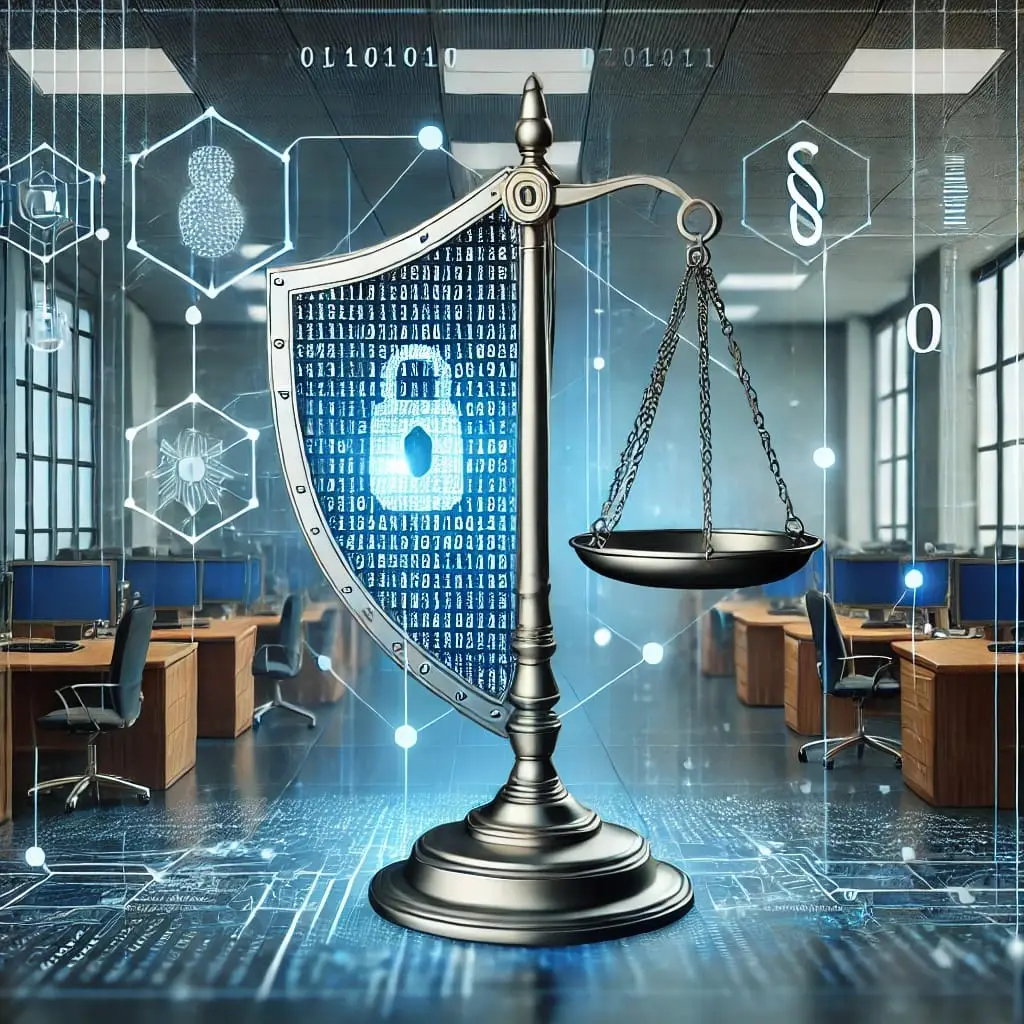In today’s interconnected world, the relationship between cybersecurity and compliance is not just significant but inseparable. Organizations face mounting regulatory pressures to protect data and systems, while cyber threats grow in scale and sophistication. Compliance establishes the legal and ethical framework that companies must follow, and cybersecurity provides the tools and strategies to meet those requirements. Together, they form the backbone of risk management in the digital age.
Why Cybersecurity and Compliance Go Hand in Hand
Compliance Defines the “What,” Cybersecurity Delivers the “How”: Regulatory frameworks like GDPR, HIPAA, and PCI DSS specify what organizations must do to safeguard data. Cybersecurity, in turn, implements the necessary measures—such as encryption, firewalls, and multi-factor authentication (MFA)—to meet these obligations.
Protecting Sensitive Data: Data breaches not only expose organizations to cyber threats but also lead to non-compliance, attracting hefty fines and legal scrutiny. For example, GDPR mandates data protection by design, which requires robust cybersecurity practices.
Mitigating Risk of Regulatory Sanctions: Non-compliance due to inadequate cybersecurity can result in penalties, reputational damage, and loss of trust. Organizations must integrate both disciplines to avoid these risks.
Real-World Examples from 2024: Lessons Learned
1. SEC Crackdown Post-SolarWinds Breach In October 2024, the U.S. Securities and Exchange Commission (SEC) settled enforcement actions against multiple companies, including Mimecast and Avaya Holdings. These companies were penalized for misleading disclosures related to the 2020 SolarWinds cyberattack. The SEC’s actions highlight the importance of accurate incident reporting as part of compliance and the need for robust cybersecurity measures to detect and manage breaches effectively.
Key Takeaway: Organizations must establish incident response plans that align with compliance requirements to avoid regulatory scrutiny.
2. UnitedHealth Group’s Cybersecurity Failures UnitedHealth Group faced calls for investigation by the FTC and SEC following a cyberattack on its Change Healthcare unit. The attack exposed patient data due to inadequate cybersecurity measures like missing MFA. This not only violated privacy laws but also posed significant compliance risks.
Key Takeaway: Basic cybersecurity practices, such as MFA, are critical for compliance with healthcare regulations like HIPAA.
3. EPA Urges Water Utilities to Strengthen Cybersecurity In 2024, the Environmental Protection Agency (EPA) reported that 70% of U.S. water utilities failed to meet cybersecurity standards, making them vulnerable to attacks. The EPA’s warnings emphasized the need for compliance with federal security requirements to protect critical infrastructure.
Key Takeaway: Compliance-driven cybersecurity audits are essential for critical sectors to mitigate risks and maintain regulatory trust.
4. GDPR Violation in European Parliament’s Data Breach A breach in the European Parliament’s recruiting platform exposed sensitive data of over 8,000 staff members. This incident led to legal complaints for violating GDPR, showcasing how cybersecurity failures can directly lead to non-compliance.
Key Takeaway: Data protection laws like GDPR demand proactive cybersecurity measures to secure sensitive information.
How Organizations Can Align Cybersecurity and Compliance
Conduct Regular Risk Assessments: Identify vulnerabilities and evaluate how they affect compliance requirements. For example, ensure data encryption for GDPR compliance.
Implement Incident Response Plans: Develop protocols for reporting and mitigating breaches to meet regulatory timelines (e.g., 72-hour notification under GDPR).
Adopt Cybersecurity Frameworks: Use industry standards like NIST or ISO 27001 to bridge the gap between cybersecurity and compliance.
Invest in Employee Training: Train staff on phishing awareness, secure practices, and compliance policies to reduce insider threats.
Partner with Cybersecurity Experts: Leverage third-party expertise to audit systems, monitor threats, and stay updated on evolving compliance standards.
The Future of Cybersecurity and Compliance
As cyber threats grow, the overlap between cybersecurity and compliance will deepen. Organizations must view these disciplines as interconnected rather than separate functions. By investing in technology, training, and proactive risk management, companies can not only secure their systems but also build a culture of compliance that fosters trust and resilience.
In 2024, the lesson is clear: cybersecurity is no longer optional for compliance—it is its foundation.


